Discover how polymer nanocomposites revolutionize construction material properties with their small-scale but big impact in this informative and easy-to-understand blog article by an industry expert.
Nanocomposites is a material that has been gaining popularity in recent years due to its unique properties. But what exactly are polymer nanocomposites? And how do they impact the construction industry?
In this blog post, we’ll explore the fascinating world of polymer nanocomposites and their role in revolutionizing construction materials. Get ready to see how small-scale science can have a big impact on our buildings!
Polymer Nanocomposites Overview

Polymer nanocomposites are a type of material that combines polymers (large molecules made up of repeating subunits) with nanoparticles. These nanoparticles can be made from a variety of materials, including clay, carbon nanotubes, and graphene oxide.
When these two components are combined at the nano-scale level (one billionth of a meter), they create new properties that neither component possesses on its own. For example, polymer nanocomposites can have increased strength and stiffness compared to traditional polymer materials.
In the construction industry specifically, this means that buildings constructed using polymer nanocomposite-based materials could potentially be stronger and more durable than those built with traditional building materials.
Nanofillers in Construction
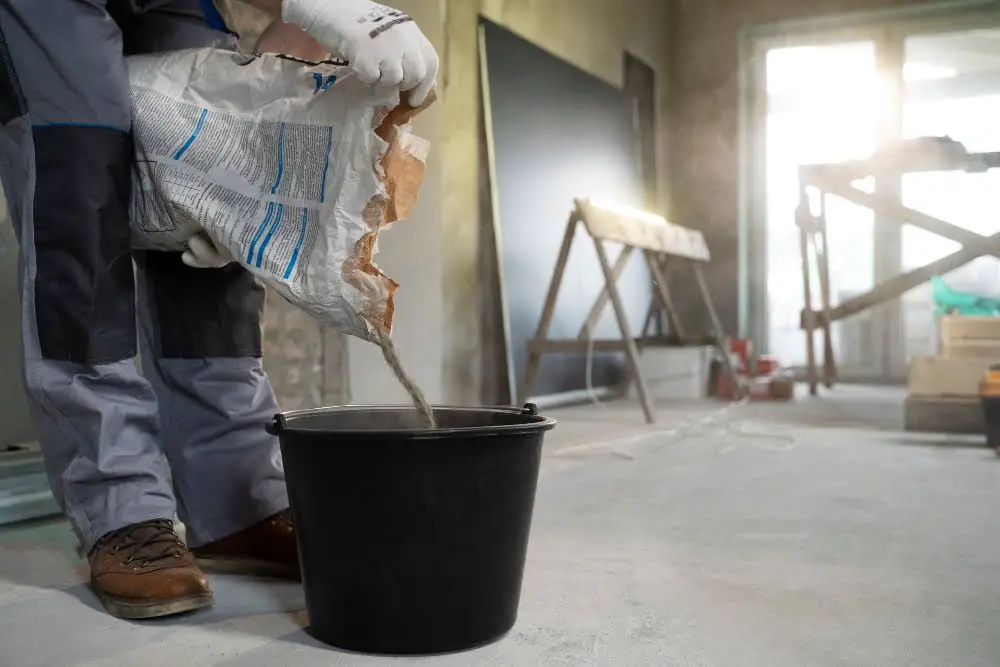
Nanofillers are the tiny particles that give polymer nanocomposites their unique properties. These fillers can be made from a variety of materials, including clay, carbon nanotubes, and graphene oxide.
When added to polymers at the nano-scale level (one billionth of a meter), they create a material with enhanced strength and durability.
In construction applications, these small but mighty fillers can have a big impact on material properties. For example, adding just 5% clay nanoparticles to concrete has been shown to increase its compressive strength by up to 40%.
This means that buildings constructed with this type of concrete would be more resistant to damage from natural disasters like earthquakes or hurricanes.
Similarly, incorporating carbon nanotubes into asphalt pavement has been found to improve its resistance against cracking caused by heavy traffic loads and extreme temperatures. This could lead not only in longer-lasting roads but also in reduced maintenance costs for municipalities.
The possibilities for using polymer nanocomposites in construction are endless – from stronger building materials like steel-reinforced concrete beams or lighter weight insulation panels that provide better thermal insulation than traditional options. It’s clear that these small-scale additions have the potential for big impacts on our built environment!
Improved Mechanical Properties
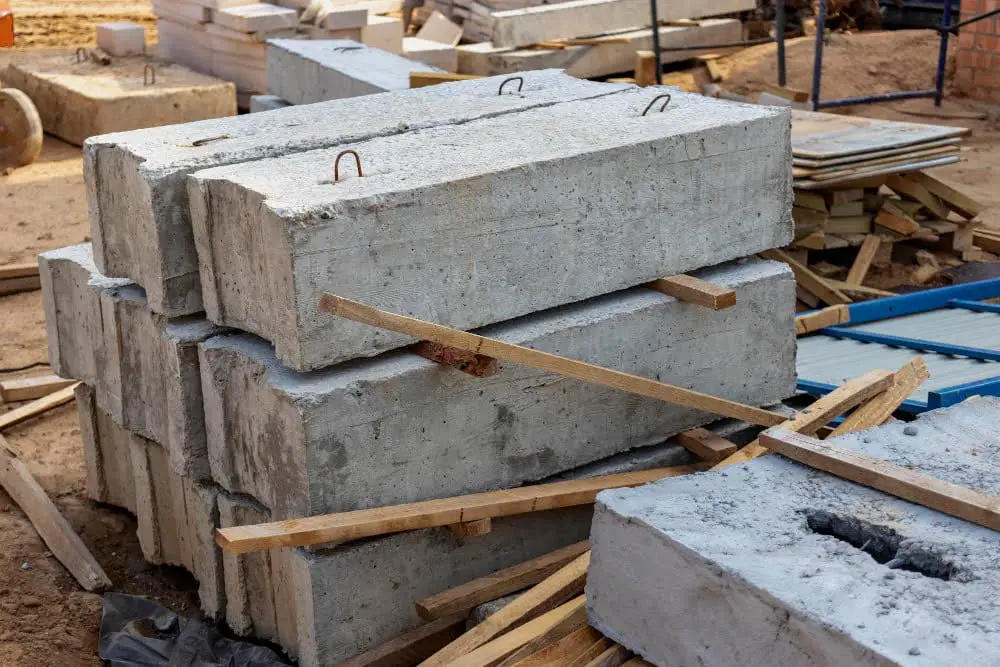
One of the most significant advantages of polymer nanocomposites is their improved mechanical properties. These materials are made by adding tiny particles, usually less than 100 nanometers in size, to a polymer matrix.
The addition of these nanoparticles can significantly enhance the strength and stiffness of the material while maintaining its flexibility.
Imagine building a Lego tower with regular blocks versus using reinforced blocks that have been infused with metal particles. The latter would be much stronger and able to withstand more weight without collapsing – this is similar to how polymer nanocomposites work.
In construction, this means that buildings made from these materials will be more durable and resistant to damage caused by natural disasters or wear-and-tear over time. This increased strength also allows for lighter-weight structures since less material is needed for support.
Polymer nanocomposites are truly small-scale science making a big impact on our built environment!
Enhanced Durability & Lifespan
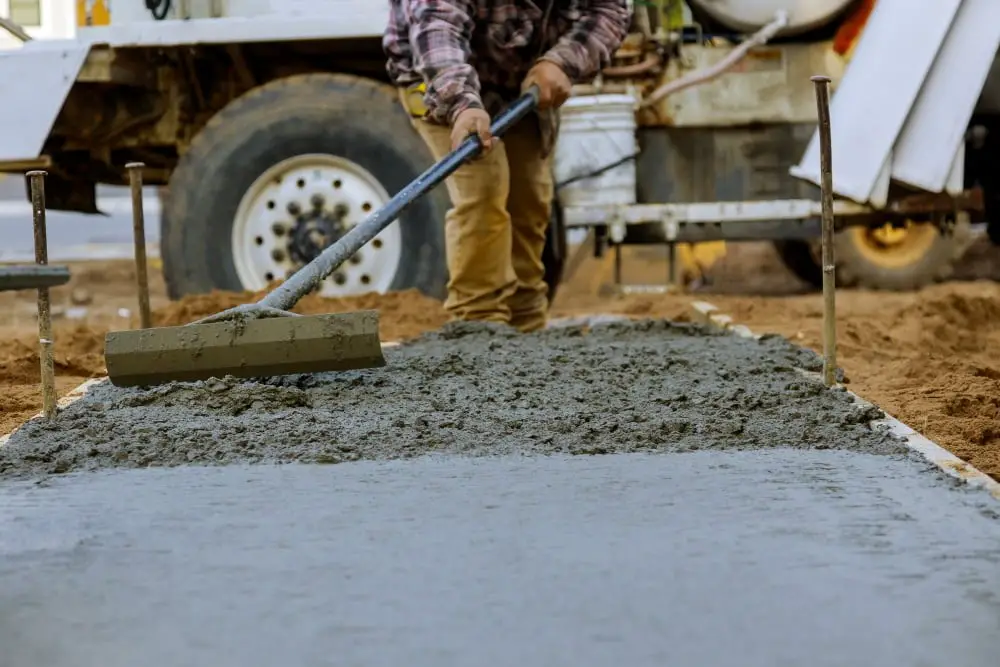
As a construction expert, I’ve seen firsthand how important it is to use durable materials that can withstand the test of time. That’s where polymer nanocomposites come in – they offer enhanced durability and lifespan compared to traditional construction materials.
Polymer nanocomposites are made by adding tiny particles (usually less than 100 nanometers in size) into a polymer matrix. These particles can be anything from clay minerals to carbon-based substances like graphene or carbon nanotubes.
The addition of these nanoparticles creates a material with improved mechanical properties such as strength, stiffness, and toughness. This means that structures built using polymer nanocomposites are more resistant to wear and tear caused by environmental factors like weathering or chemical exposure.
The small size of these nanoparticles allows them to penetrate deeper into the material structure which enhances its overall performance over time. As a result, buildings constructed with this innovative material have an extended lifespan compared to those built using traditional methods.
It’s clear that incorporating polymer nanocomposites into construction projects has significant benefits for enhancing durability and extending the life expectancy of our buildings – proving once again how small-scale science can make big impacts on our world!
Thermal & Electrical Conductivity
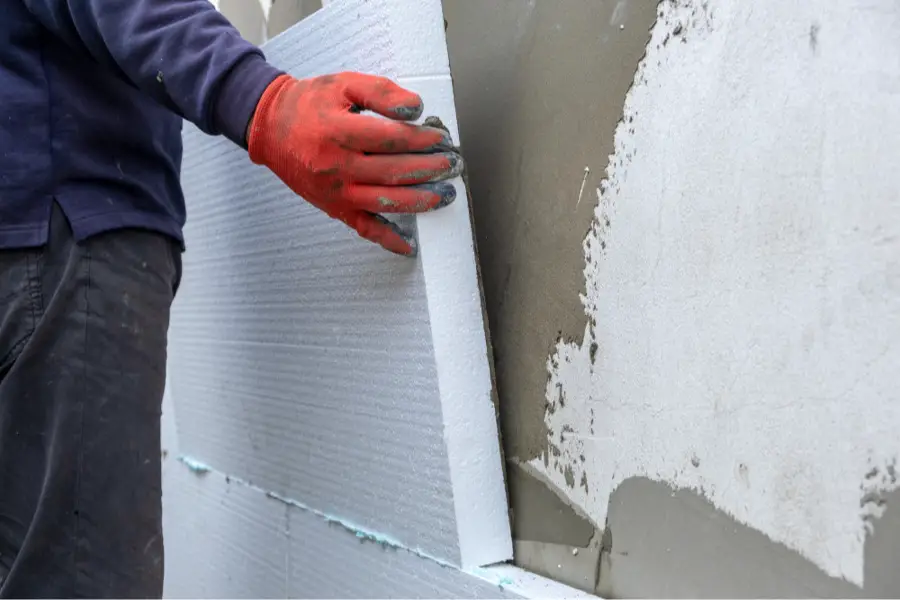
One area where they excel is in thermal and electrical conductivity.
Polymer nanocomposites have a high surface area-to-volume ratio due to their small size, which allows for better heat transfer compared to traditional materials. This makes them ideal for use in insulation applications where energy efficiency is crucial.
In addition to thermal conductivity, polymer nanocomposites also exhibit excellent electrical conductivity properties. By adding conductive nanoparticles such as carbon black or graphene oxide into the polymer matrix, we can create materials that are highly conductive while still maintaining flexibility and durability.
The potential uses for these advanced composites are endless – from smart windows that adjust based on temperature changes outside to sensors embedded within building structures that detect damage before it becomes catastrophic.
It’s amazing how something so small can have such a big impact on our buildings’ performance and functionality!
Fire Resistance Advancements

In the construction industry, fire safety is a top priority and any advancements made towards improving it are always welcome.
Polymer nanocomposites have shown great potential for enhancing fire resistance in building materials. By adding nanoparticles to polymers, researchers have been able to create composites with improved thermal stability and reduced flammability compared to traditional polymers.
These advancements mean that buildings constructed using these new materials will be better equipped at resisting fires and minimizing damage caused by them. This not only improves safety but also reduces repair costs after an incident.
Polymer nanocomposite technology has opened up new possibilities for creating safer buildings through enhanced fire-resistant properties – just one example of how small-scale science can make big impacts on our daily lives!
Environmental Impact Reduction

As a construction expert, I’m always on the lookout for new materials that can improve building performance while reducing environmental impact. Polymer nanocomposites are one such material that has caught my attention in recent years.
Not only do they offer superior mechanical and thermal properties compared to traditional materials, but they also have the potential to reduce waste and energy consumption during production.
Polymer nanocomposites are made by combining polymers with tiny particles called nanoparticles. These nanoparticles can be derived from various sources such as clay minerals or carbon-based materials like graphene oxide.
By adding these particles at a small scale, we can enhance the strength and durability of polymer-based products without increasing their weight or volume.
This means that buildings constructed using polymer nanocomposite materials require less raw material input than those built with traditional methods – resulting in reduced waste generation during manufacturing processes.
Furthermore, because of their high-performance characteristics, structures built using these innovative composites tend to last longer than conventional ones – leading to fewer replacements over time which translates into lower overall environmental impact due to reduced resource consumption throughout its lifecycle.
Polymer Nanocomposites may be small-scale science but it is making big impacts on our environment through sustainable construction practices!
Applications in Infrastructure
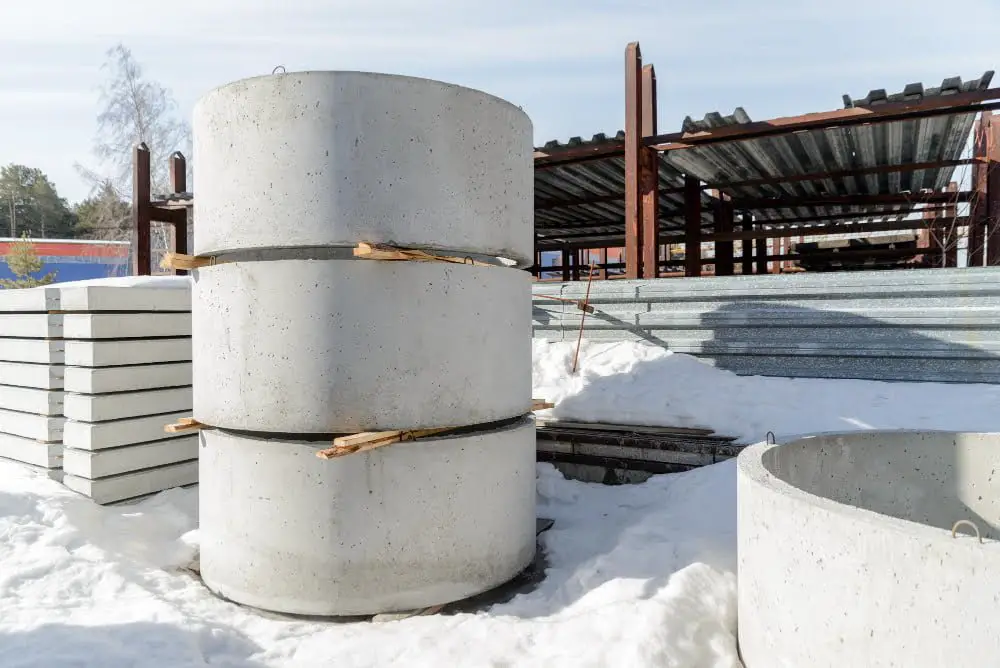
Polymer nanocomposites have a wide range of applications in the construction industry, particularly in infrastructure. One area where they are making a big impact is in the development of high-performance concrete.
As we all know, concrete is one of the most widely used building materials due to its strength and durability. However, traditional concrete has some limitations when it comes to performance under extreme conditions such as earthquakes or hurricanes.
This is where polymer nanocomposites come into play. By adding small amounts of nanoparticles to traditional cement mixtures, researchers have been able to significantly enhance their mechanical properties such as compressive strength and toughness while reducing their weight at the same time.
The result? A new generation of high-performance concretes that can withstand even more severe environmental conditions than before! These innovative materials could be used for critical infrastructure projects like bridges or tunnels that require exceptional durability and resilience over long periods.
Polymer nanocomposites may seem like small-scale science but they are having a big impact on our buildings’ structural integrity. The potential benefits for both builders and users alike make them an exciting prospect for future construction projects across various industries!
Recap




